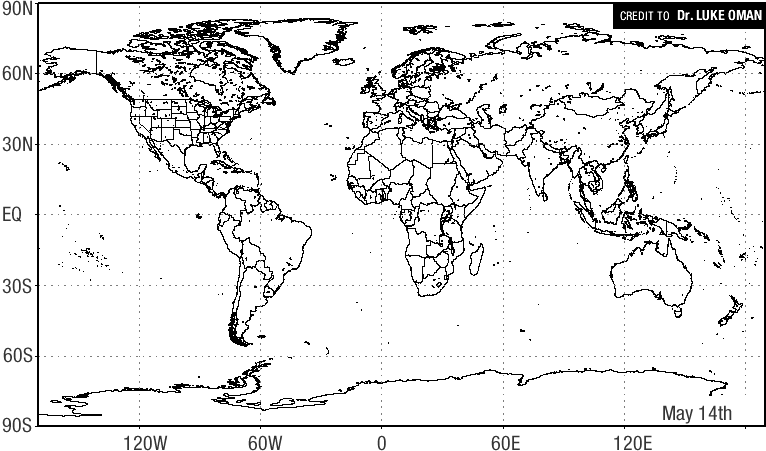ICICI PRUDENTIAL LIFE INSURANCE COMPANY LTD
LIVE STOCK PRICE - CLICK HERE FOR MORE
ICICI Prudential Life Insurance has slipped to Rs 297, down 11% against its issue price of Rs 334 per share on the National Stock Exchange (NSE) in intra-day after weak listing. LINK
The stock listed at Rs 330, 1.2% lower against its issue price. It hit an intra-day high of Rs 333.90 post its listing.
At 12:45 pm, the stock was trading at Rs 301, with 64.64 million shares changing hands on the counter so far.
ICICI Prudential Life Insurance has raised Rs 6,057-crore through initial public offer (IPO), become the first insurer to list.
The company's public issue was oversubscribed 10.5 times. The quota set aside for qualified institutional buyers was subscribed 11.83 times while for the non-institutional investor category, it was 28.55 times. The retail portion was oversubscribed 1.42 times, the exchange data shows.
The insurer is a venture between banking major ICICI Bank and UK's Prudential Corporation Holdings. Singapore's Temasek and PremjiInvest are also the shareholders.
The stock listed at Rs 330, 1.2% lower against its issue price. It hit an intra-day high of Rs 333.90 post its listing.
At 12:45 pm, the stock was trading at Rs 301, with 64.64 million shares changing hands on the counter so far.
ICICI Prudential Life Insurance has raised Rs 6,057-crore through initial public offer (IPO), become the first insurer to list.
The company's public issue was oversubscribed 10.5 times. The quota set aside for qualified institutional buyers was subscribed 11.83 times while for the non-institutional investor category, it was 28.55 times. The retail portion was oversubscribed 1.42 times, the exchange data shows.
The insurer is a venture between banking major ICICI Bank and UK's Prudential Corporation Holdings. Singapore's Temasek and PremjiInvest are also the shareholders.























